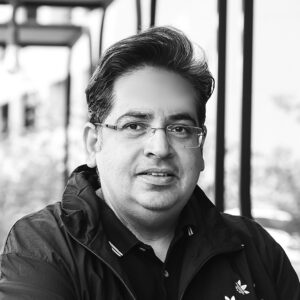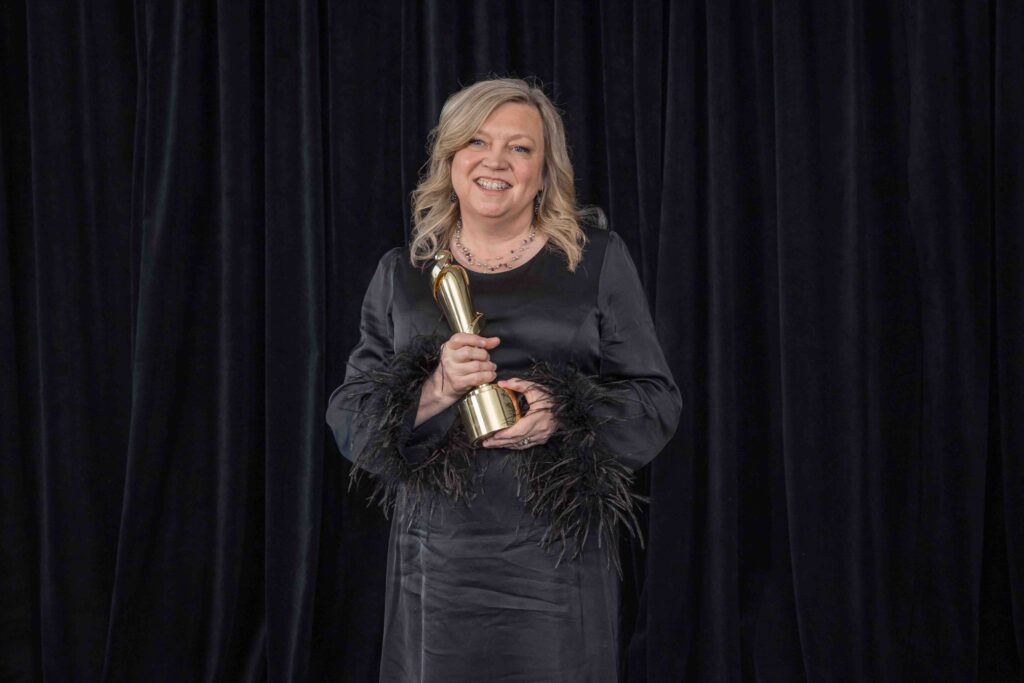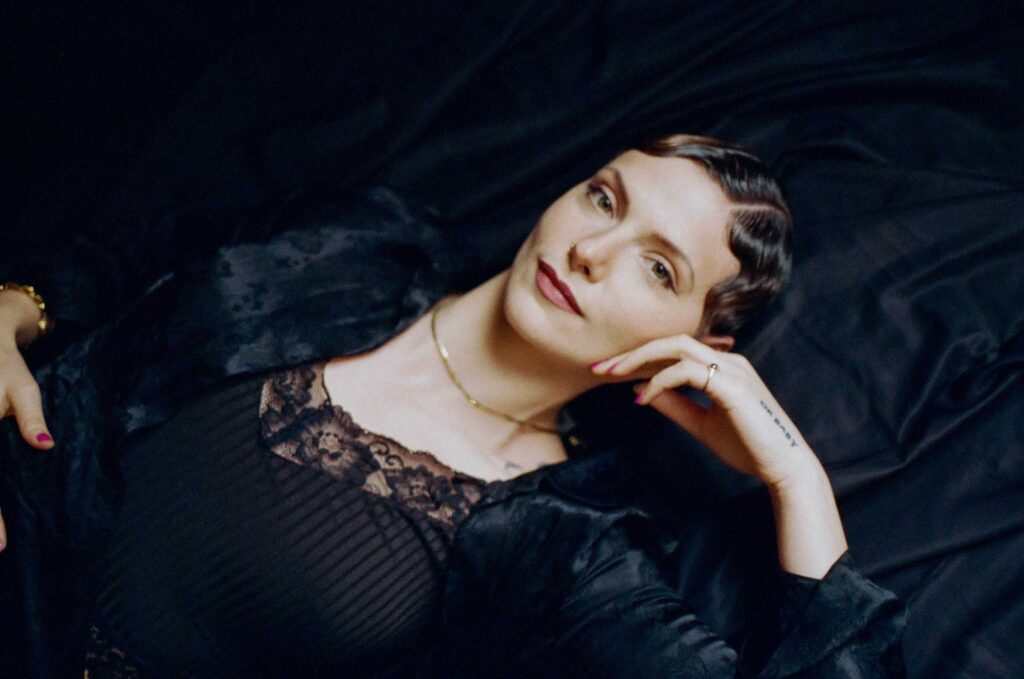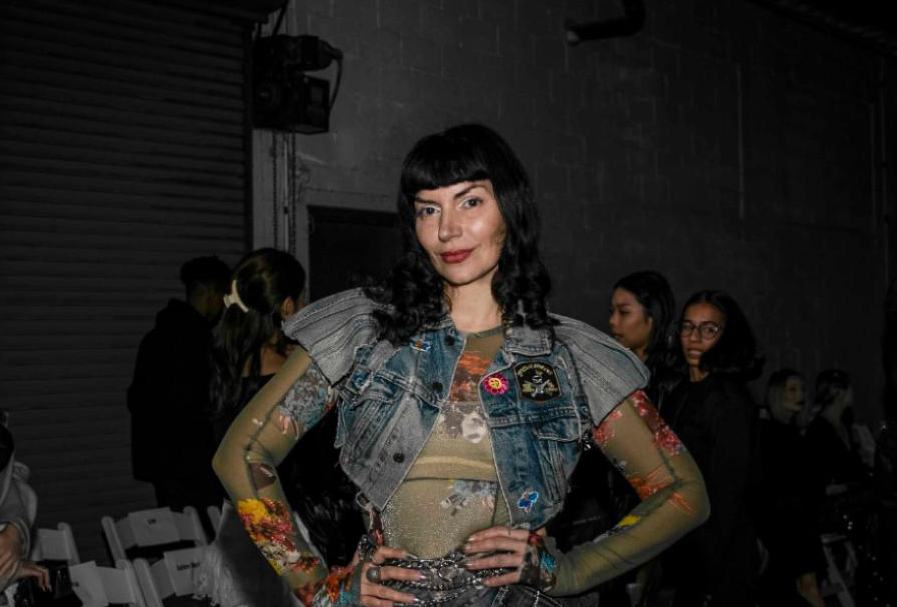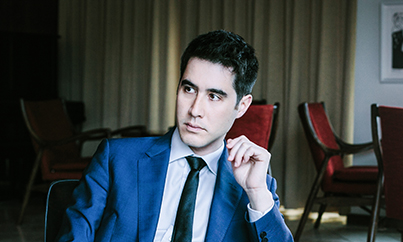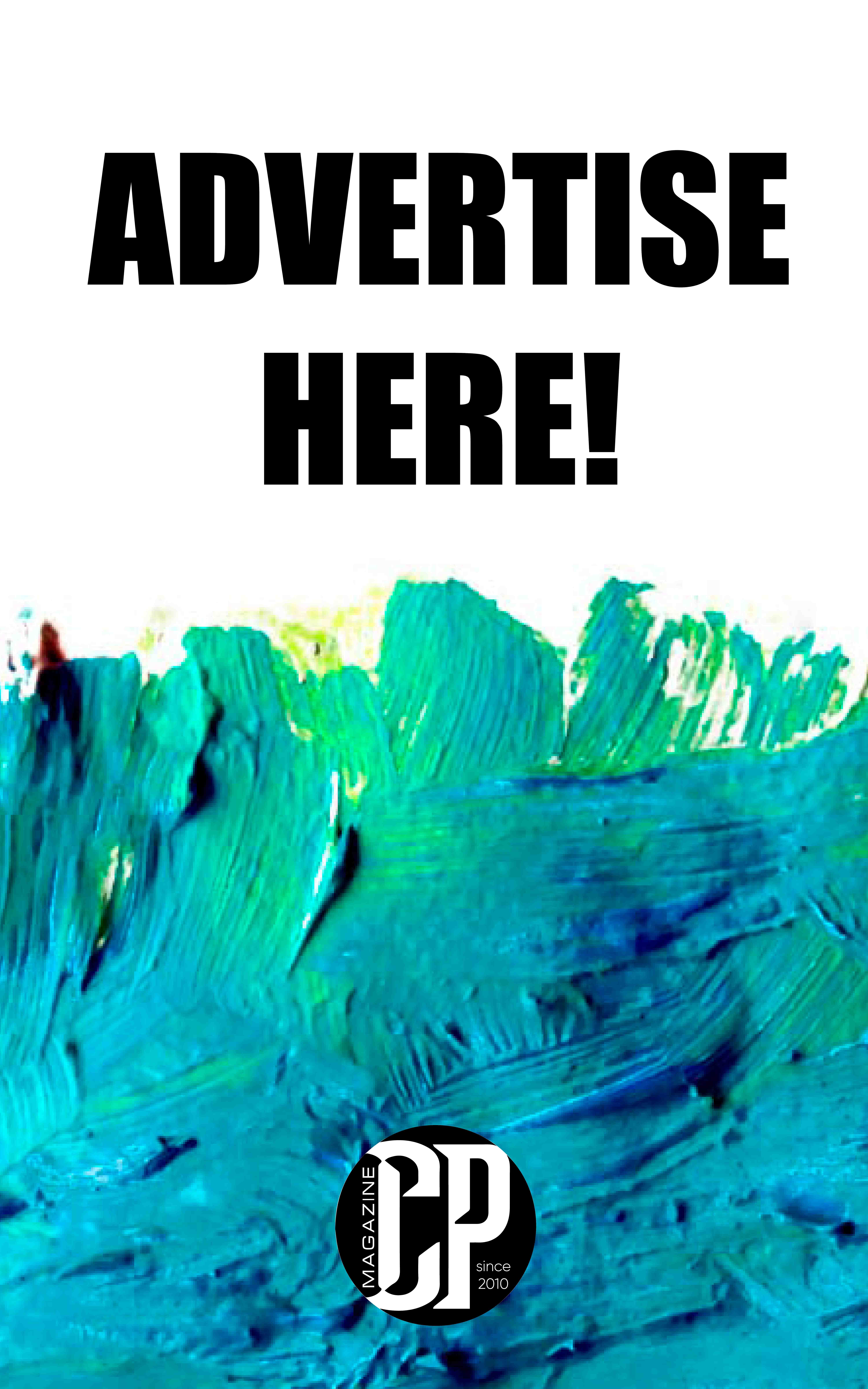Rooted in Nature, Driven by Curiosity
TorontoPages is thrilled to present an exclusive conversation with Samantha Williams-Chapelsky, Alberta’s current Artist in Residence and one of Canada’s most compelling abstract landscape painters. Known for her bold use of colour, richly textured canvases, and emotionally resonant depictions of nature, Samantha’s work bridges the gap between the real and the abstract. With a background rooted in both Alberta and British Columbia, her paintings reflect a deep connection to the Canadian landscape—reimagined through her unique visual language.
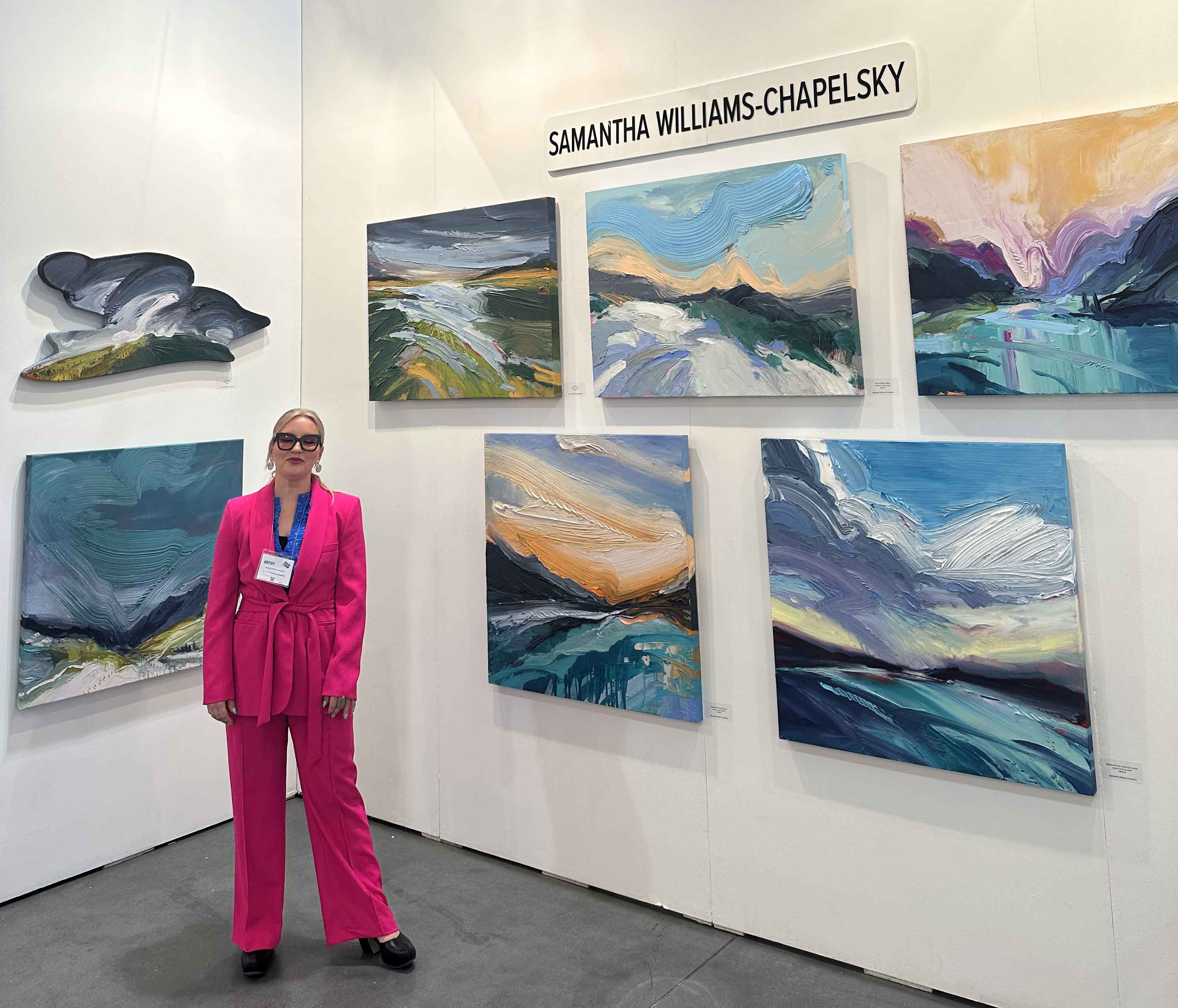
As an international instructor, lecturer, and advocate for creative exploration, Samantha shares insights into her evolving process, her passion for pigments, and the stories behind her 100-piece plein air project across Alberta. In this interview, she speaks candidly about her early influences, the challenges of a full-time art career, and what continues to fuel her inspiration. Join us as we dive into the vibrant world of Samantha Williams-Chapelsky—a true force in contemporary Canadian art.
Exploring Nature, Emotion, and Abstraction Across Alberta’s Vast Landscapes
Can you describe your earliest memory of creating art and how it shaped your journey as a painter?
I do remember loving to draw when I was in kindergarten. At the time, I lived in British Columbia, and I specifically remember one teacher who always had me creating extra things outside of school time. In Grade One, I won an Emily Carr Art Award for a painting I did titled The House. That piece toured around the province.
How did growing up in Alberta influence your love for abstract landscapes?
I grew up in both British Columbia and Alberta, and for me, I have always been connected to outdoor spaces. My life has been lived in bigger cities, but I have always focused on spending my vacations and downtime in open natural areas.
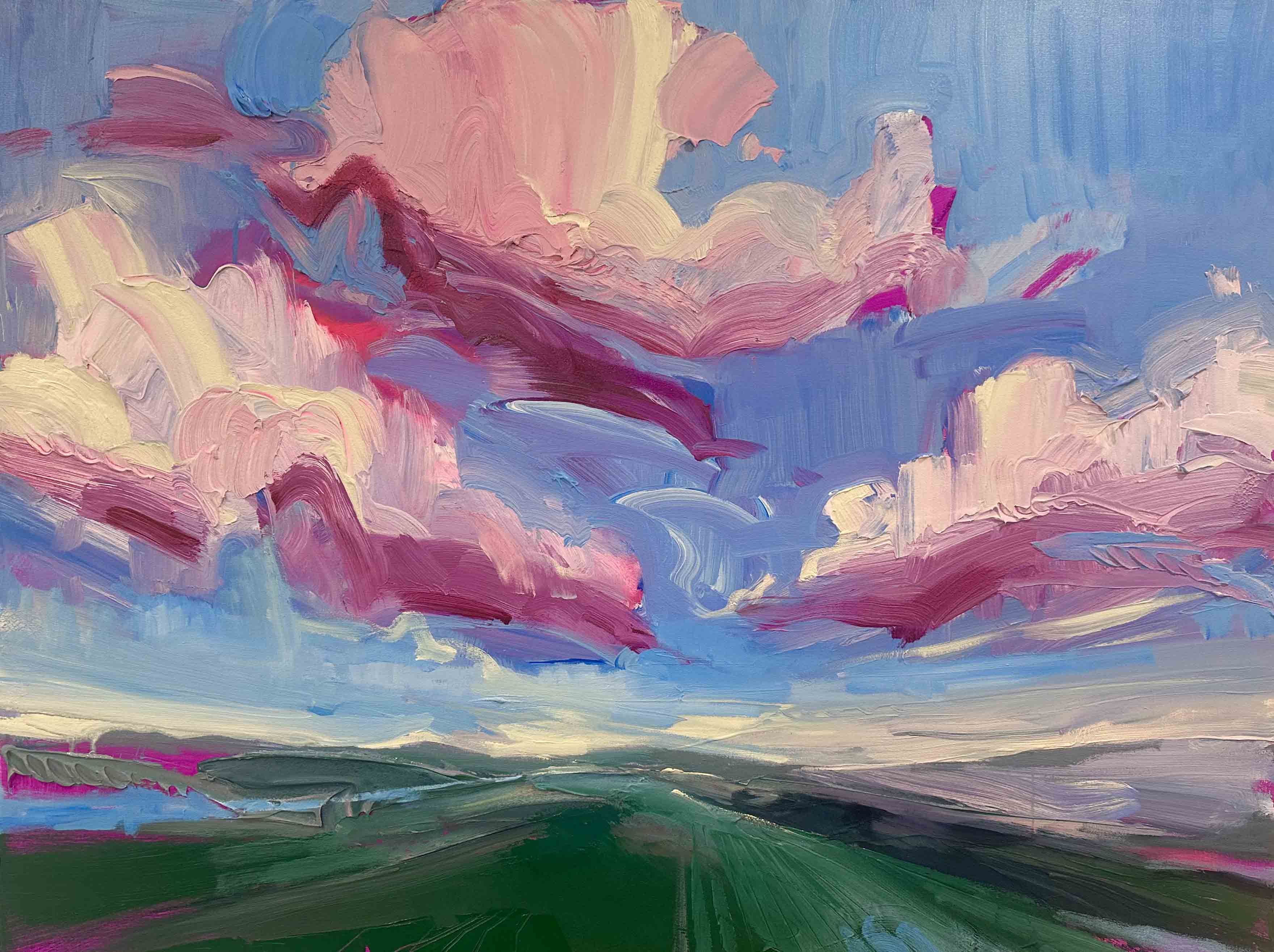
What initially drew you to abstract expression as a means of representing nature?
I paint in semi-realism to semi-abstraction, and what I love about the abstraction process is the challenge it holds to create something more than a representational image. It offers a way to let the viewer interpret the movement, the space, and the emotion of the place represented. It also offers a space to create a narrative around what you are seeing for yourself.
How does being Alberta’s Artist in Residence impact your creative process and visibility?
This year-long project is certainly a test of my abilities and is more about creating a project that truly captures the landscape of the province. As Alberta’s Artist in Residence, I will be creating 100 plein air paintings from different natural spaces around the province, mainly focusing on my own semi-abstract interpretation. This project has also created a bit more space in the Alberta arts scene for my style of work, which is less representational.
Your palette is incredibly vibrant—what inspires your use of colour?
I have spent my career studying art history and am truly inspired by so many movements of artists over the years. I love the California Impressionists, the French Expressionists, the Canadian Group of Seven, and current plein air styles. I am also a paint nerd—I love studying pigments and their sources for my own work and finding inspiration from the stories behind pigments and colours.
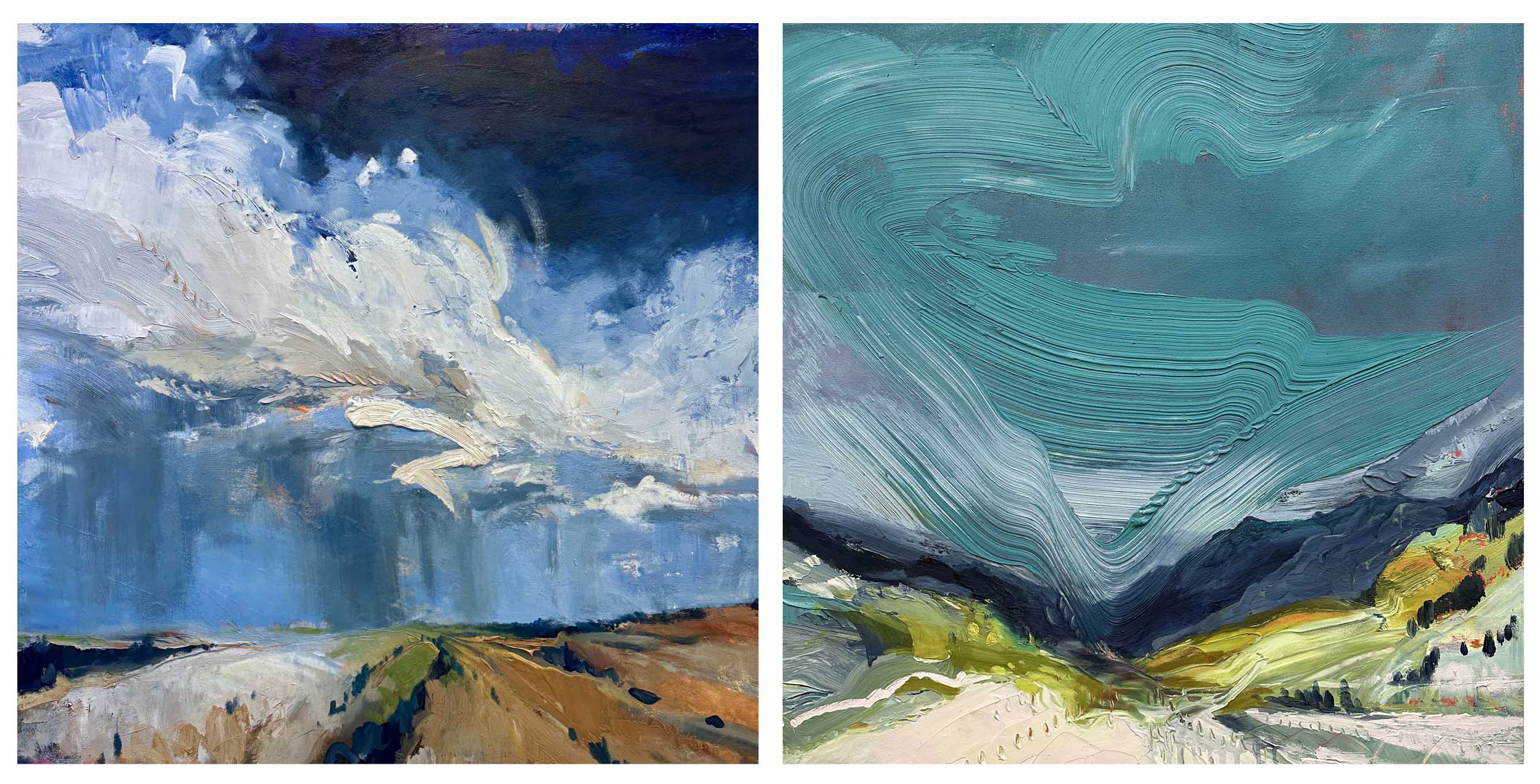
How do the landscapes you paint reflect your inner emotional world?
I think for me, a natural space is a place where I get to pause and ponder those deeper meanings, purposes, and goals. It is a safe space that allows us to be free with our thoughts and less constrained. I find natural spaces also offer other sensory perceptions that heighten our own awareness of ourselves, making it easier to connect.
What role does texture play in your work, and how do you achieve it?
Both real and implied texture have been an important part of my journey as an artist. As a child, I loved the Pat the Bunny books that were filled with tactile items. My hands are drawn to different textures of plants, water, and rocks. I find it a tangible way to create a connection to the viewer—something 3D that allows a breaking point between the canvas and the viewer. It asks us to step up close and then pull back to see the whole picture. I use both heavily textured acrylics and even matte paints like gouache to achieve effects based on a painting’s objective.
Do you paint from real places, imagination, or a combination of both?
Typically, my work stems from real spaces that are transformed through simplification and unique colour palettes to take on a life of their own.
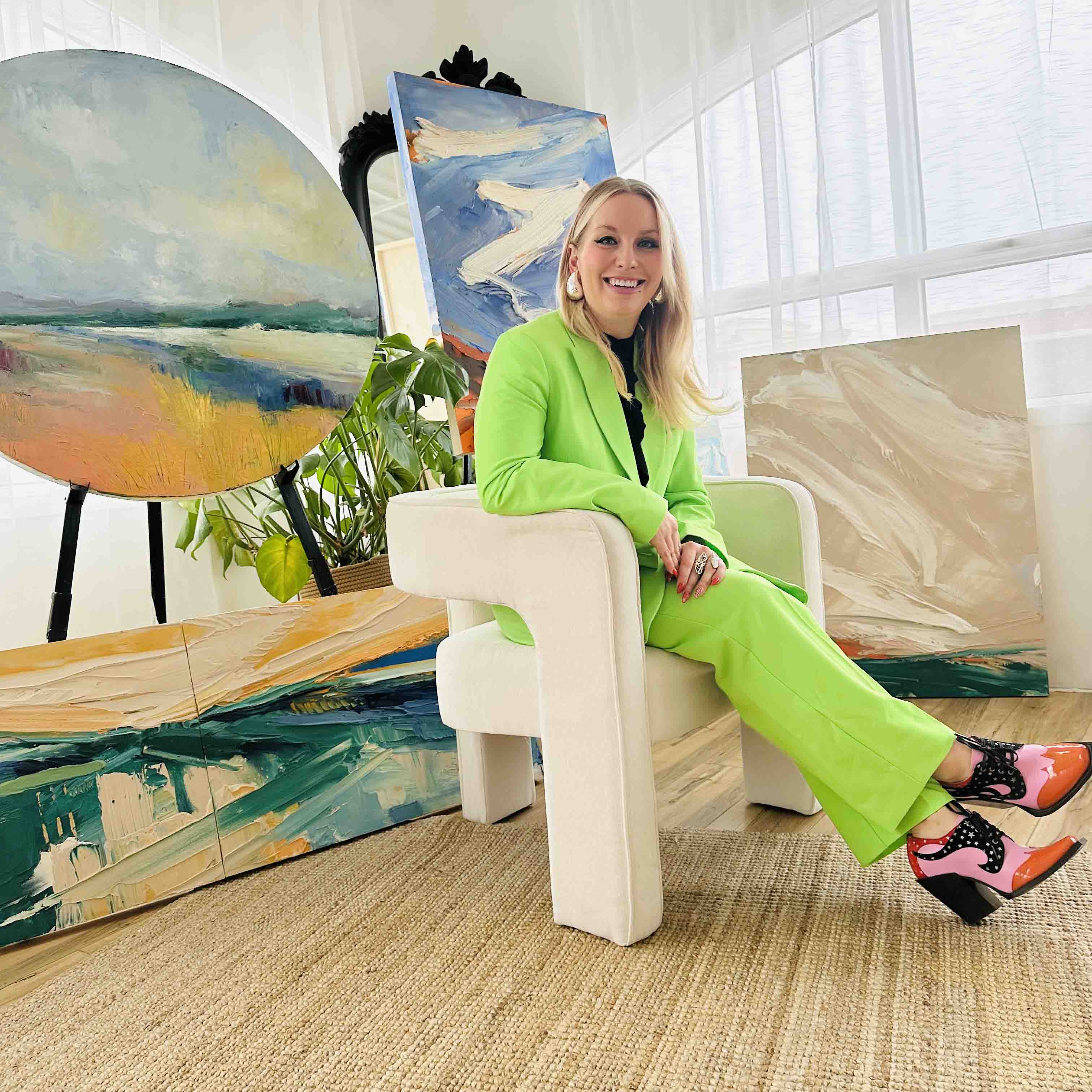
What does your creative process look like from concept to finished piece?
I start with a photo, some notes, and a sketch in my sketchbook. This then becomes a simplified colour study (again in my sketchbook), where I focus on the “purpose” or “emotion” of the painting and the focal point of the piece (what is this piece about?).
Each painting involves many layers of heavy acrylic paint, glazing, and, of course, waiting time to see how the colours shift once they are dry. Once I am satisfied with the piece, I consider the sheen or finish—do I want it glossy, matte, satin? This changes the final look of the piece, so I want to consider all facets.
How do seasons and weather affect the mood and tone of your paintings?
I don’t particularly love winter, so I made it a challenge for myself this year to paint nature as I saw it in the winter (and to include snow)—some of my favourite paintings resulted from this.
How has your work evolved over the years, both technically and thematically?
Majorly—I used to paint mainly figurative work. My colour palettes were very acidic or strong and less subtle. My use of textures has also changed over the years, making my work significantly different from the past, where I mainly stained raw canvas. My brushstrokes are becoming increasingly more confident, and I am challenging my own notions of how to use paint.
What does being an international instructor bring to your artistic development?
I think it teaches me to be humble and to always be learning. As an artist, I know there is so much more growth to be had and so many new directions I can go. Being open while teaching—to learn from my students, to offer suggestions but also receive new ideas—is so important. Being an artist is a marathon career. It will never be over, and we will never stop learning.
How do different cultures and landscapes influence your art when travelling?
Again, learning and being open to learning about art, history, and culture makes me a better artist. I believe that I would not be the artist I am today without the experiences I’ve had that have shaped my career path.
What are some of the biggest challenges you face as a professional artist?
Time, energy, income… This is a hard career. If it were easy, everyone would do it. But as an artist, we rely on such an interesting part of our minds. We also rely on having the confidence to pursue a big career like “being an artist” and take the struggles with the amazing moments.
What do you hope people feel or take away when they view your paintings?
I hope they find a bit of magic in the brush marks, a bit of life and energy, and maybe even a moment to get lost in a space. To me, this grounding and finding connection is crucial to the reason for creating art. I want people to feel something—even when it’s a challenging moment to feel anything.
What’s been one of your most memorable exhibition experiences so far?
For me, the events where I get to give an artist talk or share my process with a group are very special. Nothing beats people coming to experience a show. I also love non-saleable exhibitions.
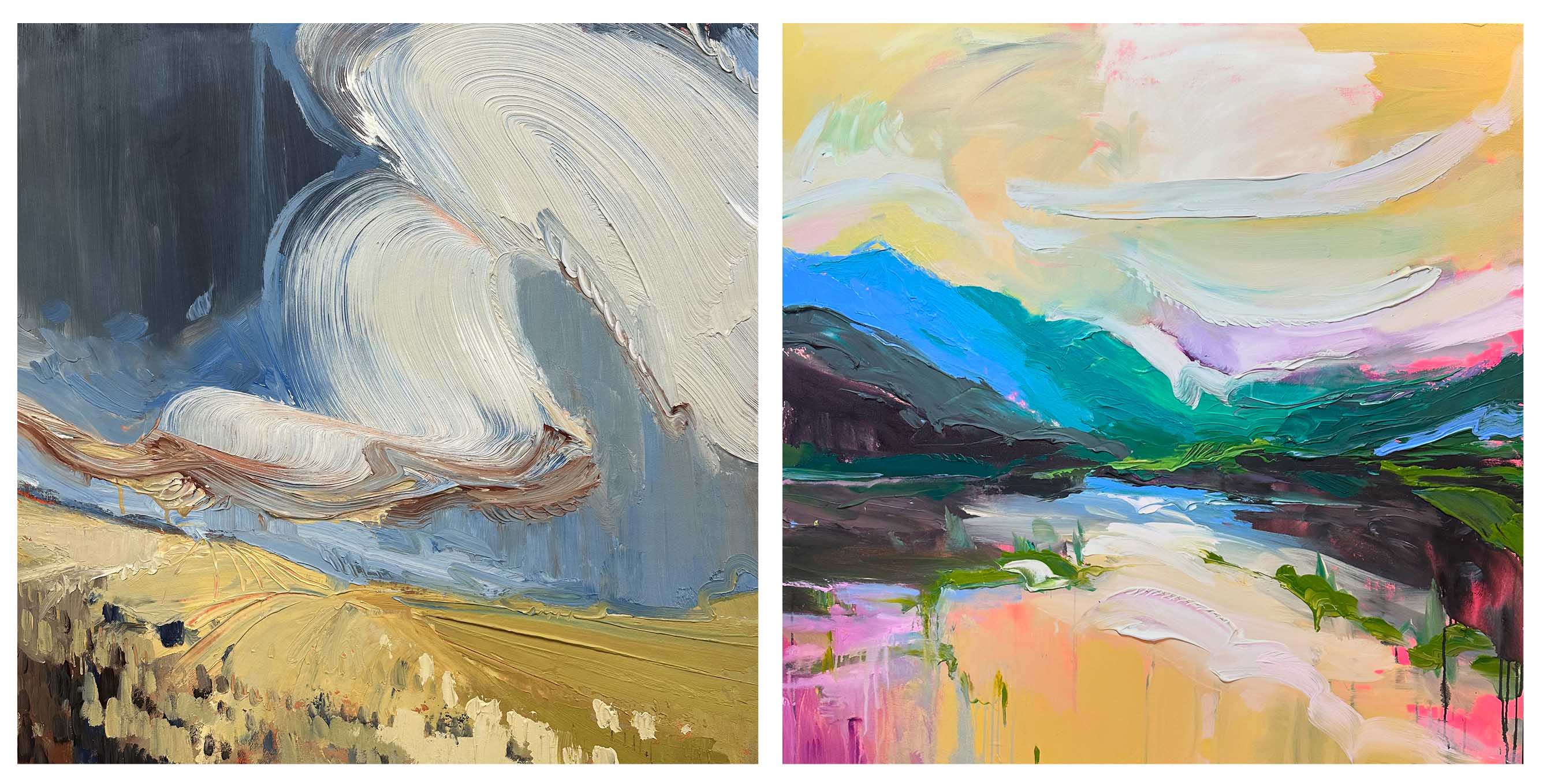
Are there any dream galleries or cities where you’d love to show your work?
Having my work represented in Denver was a huge milestone for me last year. It is such a perfect landscape to showcase my southwest style. One day, I would love to be in a gallery in New Mexico—specifically Santa Fe.
What projects or exhibitions are you currently working on or planning for the future?
I am currently working on two exhibitions for September and October 2025 that will feature my 100 plein air paintings from the province of Alberta in one showcase. I would also like to create a catalogue of this exhibition. My goal this year is to keep that project on task. I have many projects in my journals for years ahead!
When you’re not painting or teaching, how do you spend your downtime?
I love to garden—I grow vegetables all summer long and keep palm trees and orchids in my home over the winter. I also run short distances (having been a runner for over 20 years now) for mental and physical health.
How do your hobbies or personal interests outside of art feed back into your creative life?
I think the creative side is always present in any artist. It just tends to allow for escapism in a lot of facets! My personal interests don’t really feed into my career directly—which I think is important. I enjoy the separation of the worlds every once in a while.
Your message for us at TOPS (Toronto Pages magazine):
Thank you so much for your interest in my work and for sharing unique perspectives in the art world!
